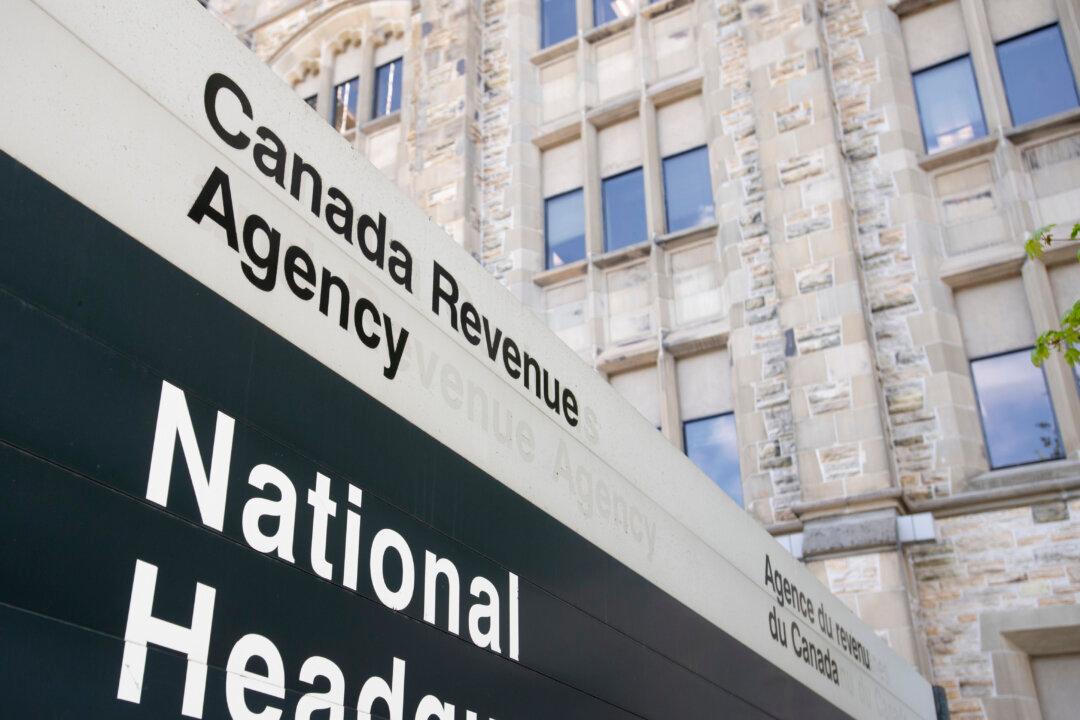The vast majority of middle-income families are paying higher personal income taxes due to tax changes made by the Liberal government, according to a new study by the Fraser Institute.
The study finds that 86 percent of families with combined incomes between $84,625 and $118,007—what the authors defines as middle-income—are paying $800 more on average.





